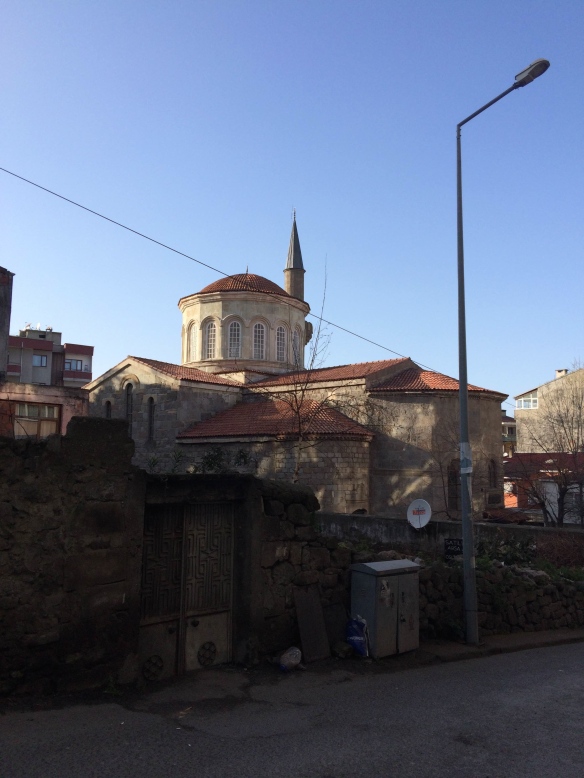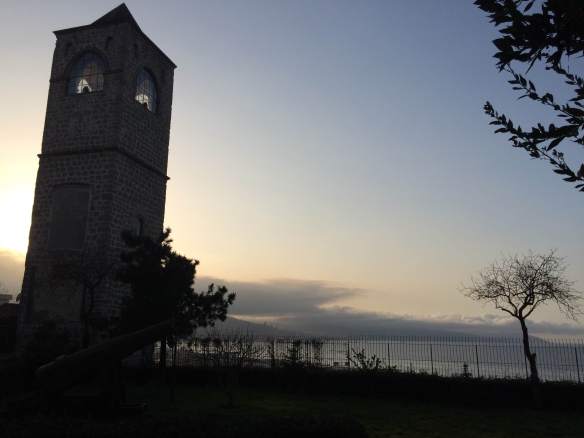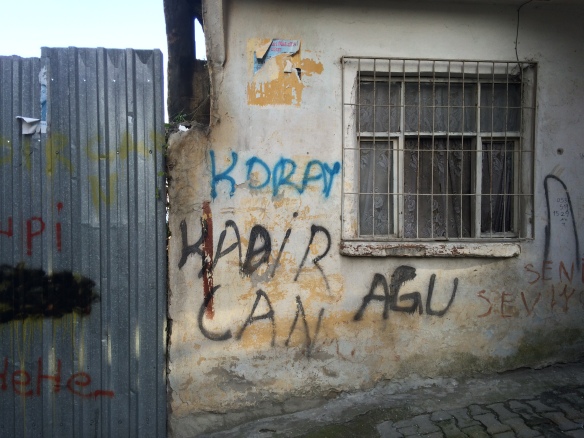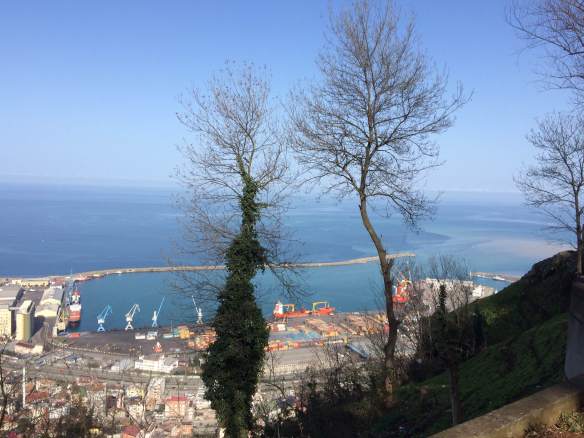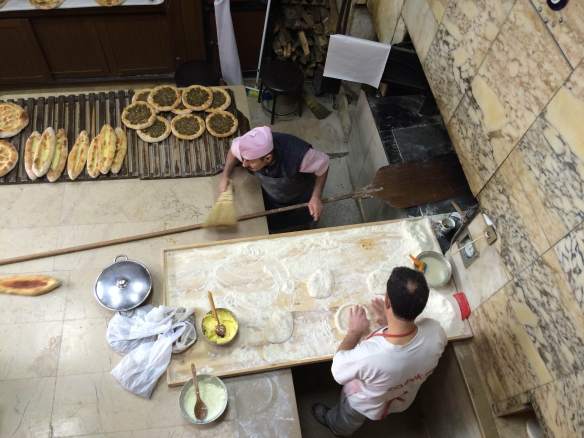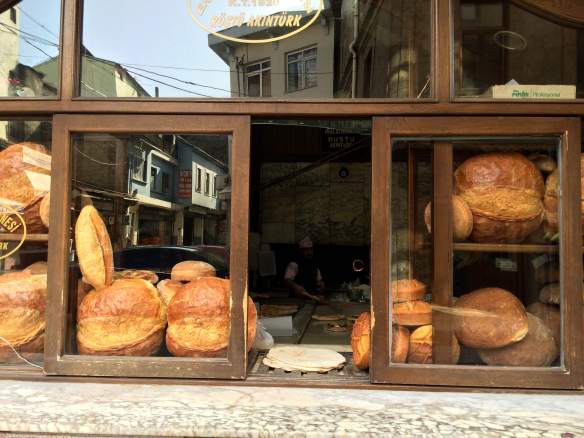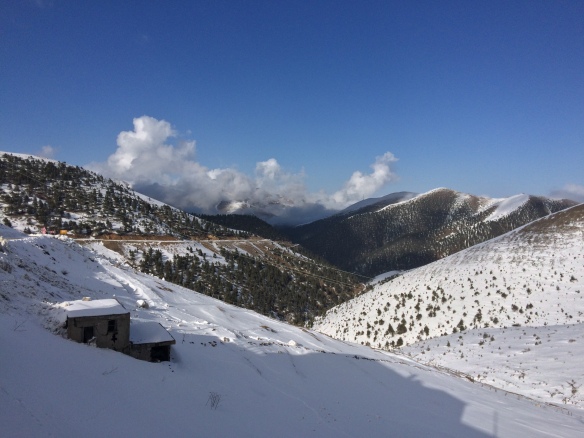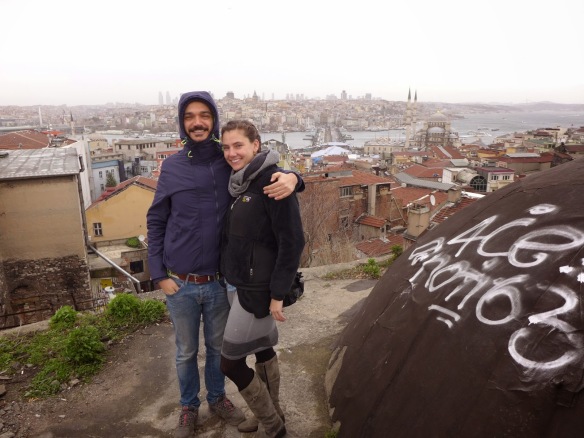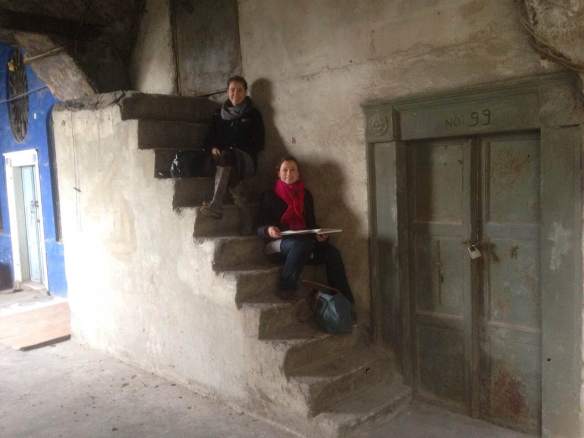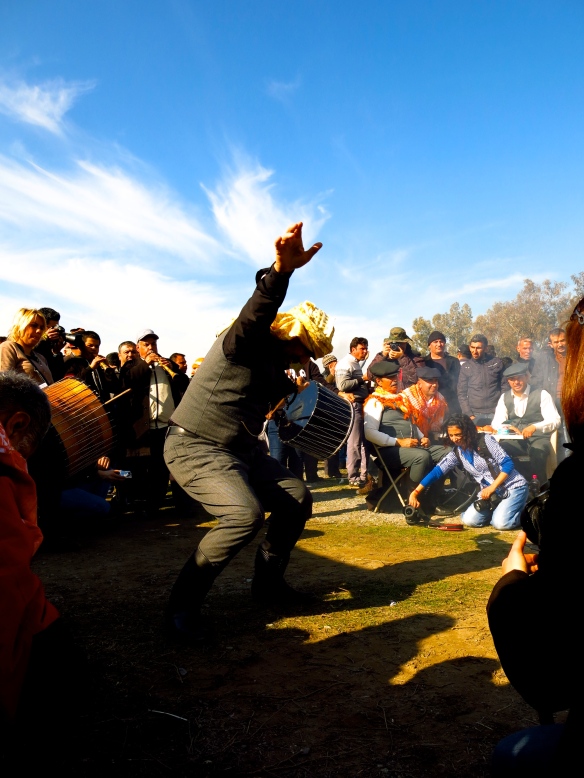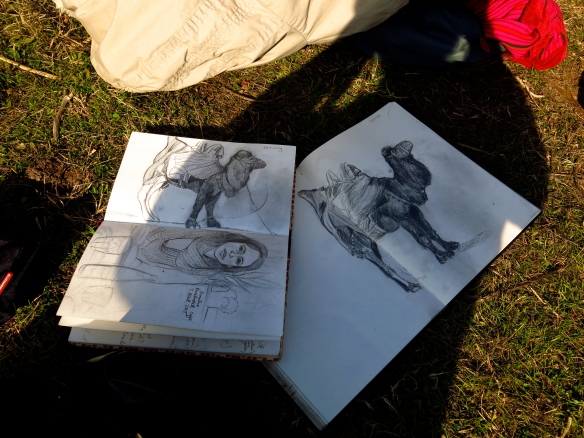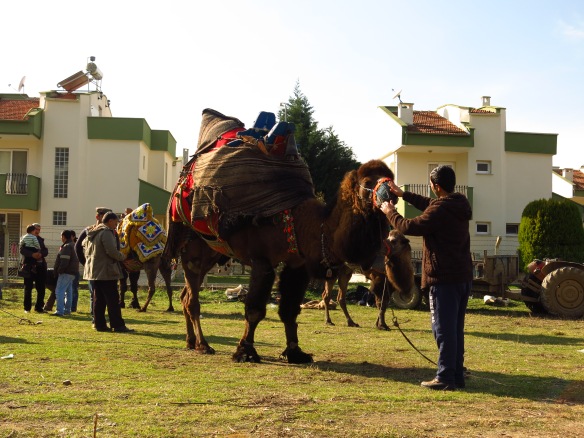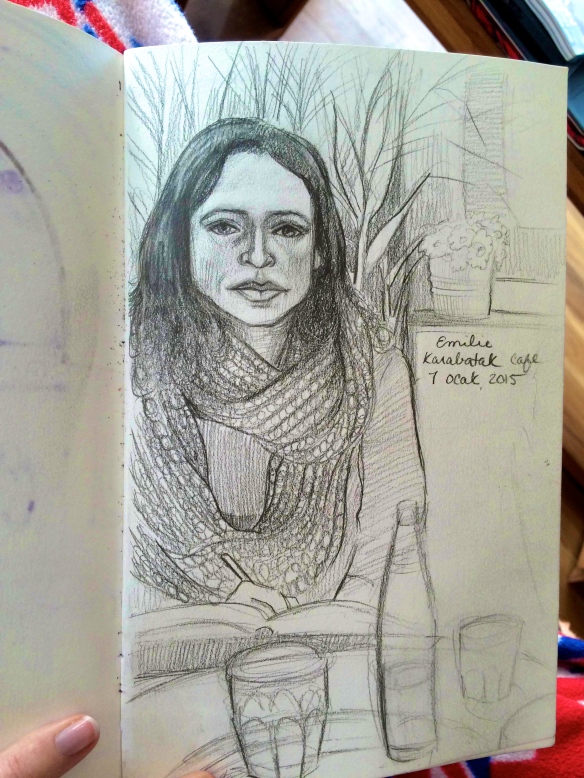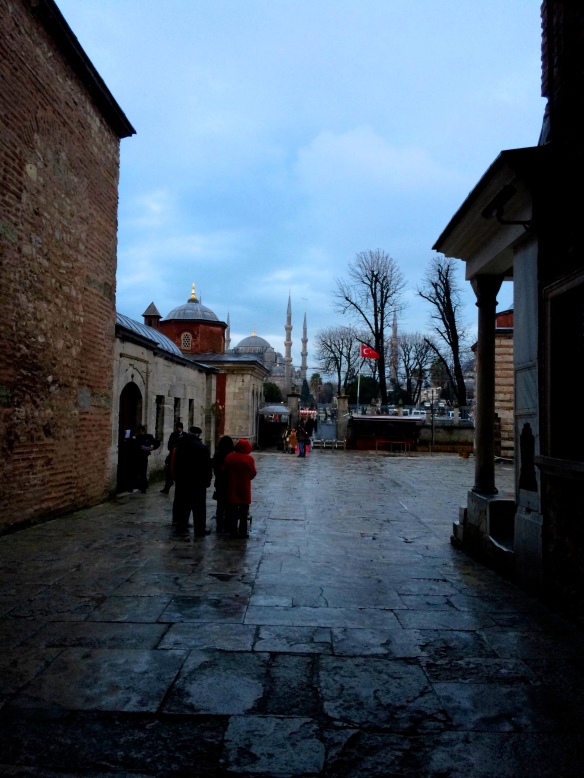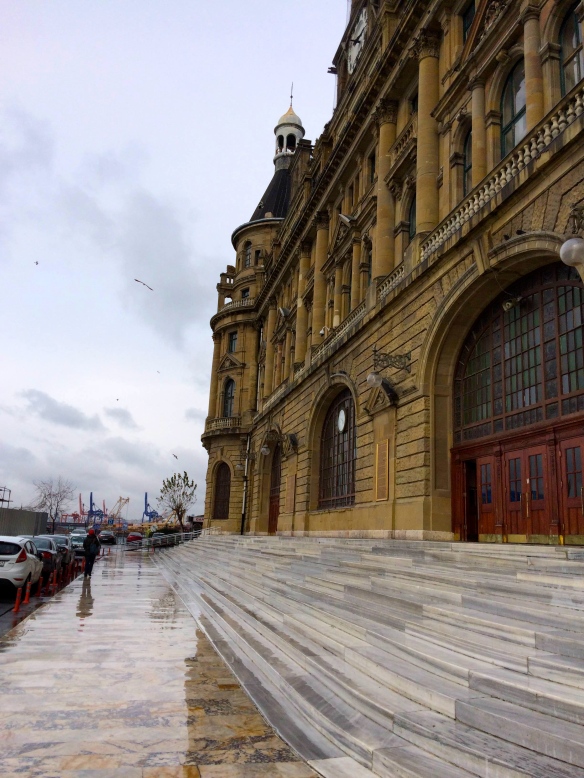This blog is reposted from Yabangee.com where I and my friend Emilie Varlet are regular contributors. Emilie and I, as close friends and sketchers, have been collaborating on a writing/drawing project since the Fall 2014. Here is my contribution to the first part of our Han Series.
Emilie Varlet and Gabrielle Reeves began exploring Istanbul’s hans in the summer of 2014, when they first started their sketching adventures in the city. They have since become fascinated with these buildings and how they reflect the city’s vast history. In this series of articles, they will share their discovery of these ancient places through drawing and how this exploration has really deepened their love for the city.
Rüstem Paşa Han
Tucked deep into the narrow streets that create a labyrinth along the Golden Horn in Karaköy, the caravanserai is nearly lost within an overgrowth of the hardware stores, paint shops, and piles of fish nets and anchors that have materialized outside of its walls. From the first time I stepped into its courtyard, I knew this place was special. A lost secret, a hidden jewel of history, a glimpse of the old and densely layered Istanbul. The Istanbul from which a new one has grown — this city has continually built itself on top of its old self. Always manipulated by its inhabitants; pushed, dragged, broken, rebuilt, restored, expanded, and stretched. Yet still with evidence of an ancient civilization below its surface.
Above the stone doorway, which droops slightly with age, a metal sign is nailed into the wall. “Kurşunlu Han” is printed in bold black letters above a previous name that is just legible under a smear of bright green spray paint: Rüstem Paşa Han. Inside the courtyard and just past the spring maker, or yaycı, a Corinthian column emerges from a floor paved with worn and mismatched stones. Placed incongruously on top of the elaborate marble stump sits a water pump, frequently used by passing workers. The column, so intertwined with its environment, is evidence of a the han’s layered history.
The complex seen today was built upon the ruins of San Michelle, a Genoese church. Mimar Sinan, the most renowned architect of the Ottoman period, constructed Rüstem Paşa Han on the site as a commissioned caravanserai. A caravanserai is a kind of hotel or inn for travelers and traders taking rest along trade routes, especially the Silk Road, which passed through Anatolia and Istanbul. The han’s spacious courtyard is encompassed by two levels of columned archways which support the deep and low roof. A narrow flight of steps greets visitors in the central courtyard and extends to both sides of the upper level. As I look from the entrance through the web of barbarous grapevines at the rows of pointed archways, I can’t help but draw a parallel to another work by the same imperial architect: Rüstem Paşa Mosque. This mosque, which bears the same name, is just across the Golden Horn, perched above the chaos of tangled shopping streets in Tahtakale. Though each building provides a different purpose, they mirror one another in both form and energy, serving as serene havens in the midst of disarray.
Rüstem Paşa Han is small, easy to explore, and filled with an array of workshops, glowing neon signs, piles of shipping pallets, and kittens darting under cardboard boxes to escape our approaching footsteps. As with many historical hans in Istanbul, Rüstem Paşa was converted into a series of workspaces when it no longer served as an inn. As we draw, workers pass and take a curious look at our emerging images, and we in turn glance into their workshops where men work tirelessly in the dim glow of florescent lights, perfecting a trade that has not yet been consumed by machines. As my pen scratches across paper, I fall into a meditation with the sound of the constant work around me; the ting of hammers, the blow of torches, the cutting of metal wires, and the perpetual call for çay.
Drawing is my way of connection. Connection with a place, with the people who inhabit that place, and with the person working beside me. Whether we are sketching with frozen finger tips or trickling with sweat in the fading summer light, this han continues as a source of intrigue, wonder, experience, and discovery. Our drawings in turn serving as a time capsule of each moment and memory as we sit in the midst of human history.























